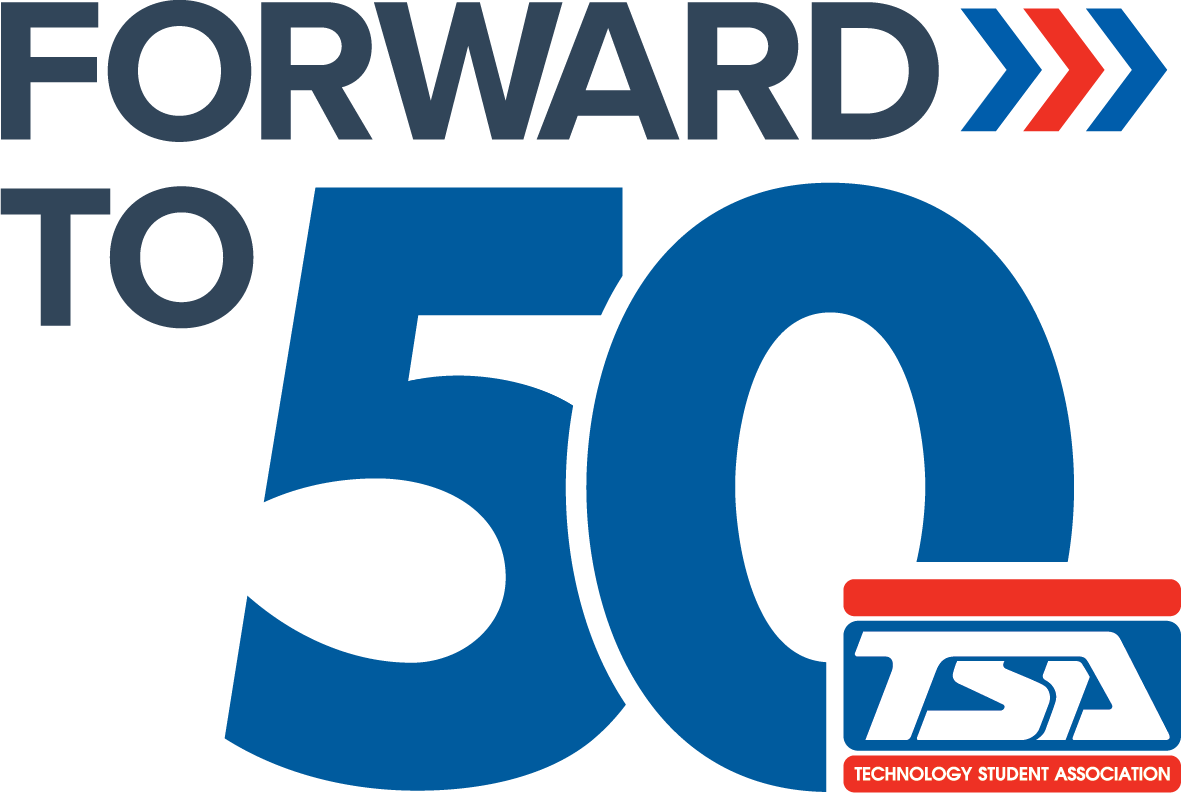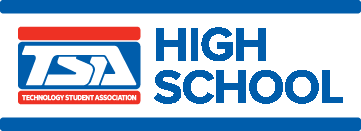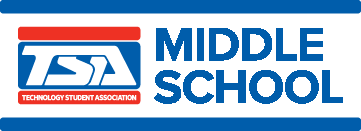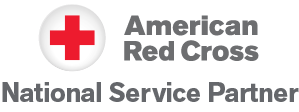REASONS TO JOIN TSA
- STEM competitions
- Career and technical skills development
- Leadership opportunities
- Local, regional, state, and national conferences
- Achievement Program
- Networking with members and industry professionals
- Scholarships and awards
- FUN!
COMPETITIONS
I am interested in competitions for...
High School
Middle School
Children's Stories
In response to the annual theme, participants create an illustrated children’s story of artistic, instructional, and social value, and submit documentation related to the development of the physical storybook. Semifinalists read their story aloud and participate in an interview.
Coding
Participants take a test, which concentrates on aspects of coding, to qualify for the semifinal round of competition. Semifinalists develop a software program – in a designated amount of time – that accurately addresses an onsite problem.
Computer-Aided Design (CAD), Architecture
Participants use complex computer graphic skills, tools, and processes to respond to a design challenge in which they develop representations of architectural subjects, such as foundation and/or floor plans, and/or elevation drawings, and/or details of architectural ornamentation or cabinetry. The solution to the design challenge and participant answers in an interview are evaluated.
Computer-Aided Design (CAD), Engineering
Participants use complex computer graphic skills, tools, and processes to respond to a design challenge in which they develop three-dimensional representations of engineering subjects, such as a machine part, tool, device, or manufactured product. The solution to the design challenge and participant answers in an interview are evaluated.
Data Science and Analytics
Participants identify a societal issue, collect or compile data from various sources about the issue, and then produce documentation and a digital scientific poster about their findings. Semifinalists create a synopsis and digital visual representation of a data set provided in an onsite challenge.
Debating Technological Issues
Participants research the annual topic and subtopics and prepare for a debate against a team from another chapter. Teams are instructed to take either the pro or con side of a selected subtopic, submit a summary of references, and use their research to support their assigned position. The quality of a team’s debate determines semifinalists and finalists.
Computer Aided Design (CAD) Foundations
Participants demonstrate their understanding of CAD fundamentals by creating a two-dimensional (2D) graphic representation of an engineering part or object and answering questions from evaluators about their entry.
Electrical Applications
Participants take a test on basic electrical and electronic theory. In response to an onsite challenge, semifinalists assemble a specified circuit from a schematic diagram, make required electrical measurements, and explain their solution in an interview.
Inventions and Innovations
Participants research a need - and brainstorm a solution - for an invention or innovation that can be produced using recycled materials. Participants document their work in an interactive display and create a model/prototype. Semifinalists deliver a presentation about their work and participate in an interview.
Problem Solving
Participants use problem-solving skills to design and build a solution to an onsite challenge. Solutions are evaluated using measures appropriate to the challenge, such as elapsed time, horizontal or vertical distance, and/or strength.
Technical Design
Participants demonstrate their ability to use the technical design process to solve an engineering design problem provided onsite at the conference. Required elements of the entry are presented in a portfolio that includes technical drawings for a minimum of three viable solutions.
Video Game Design
Participants design, build, provide documentation for, and launch an E-rated, online game on a subject of their choice. Onsite at the conference, semifinalists deliver a presentation and participate in an interview to demonstrate the knowledge and expertise gained during the development of the game.
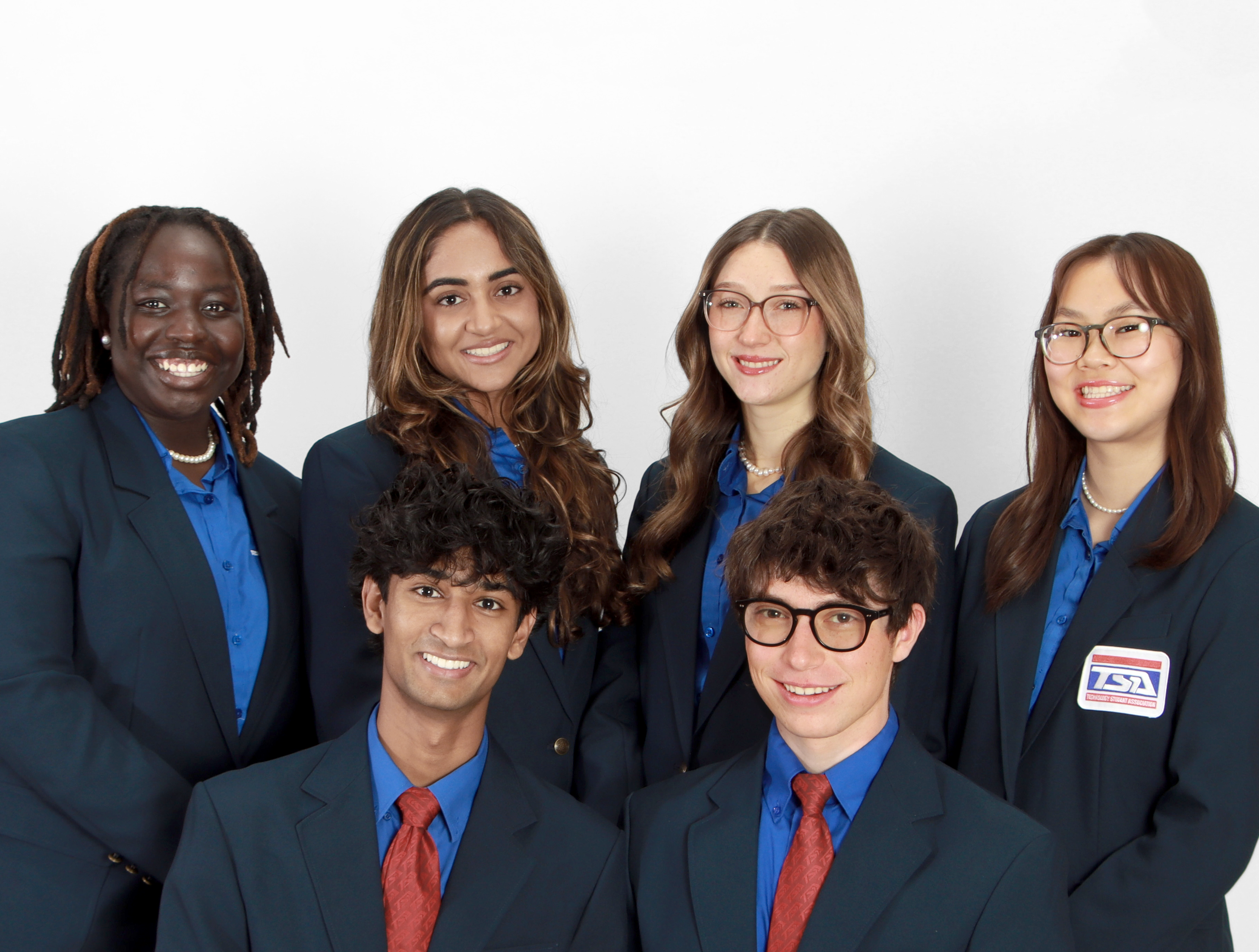
LEADERSHIP
RESOURCES
Affiliated TSA members have access to resources to help enrich their TSA experience. Some highlights include:
PROGRAMS & INITIATIVES
- Forward to Fifty (F2F)
- Awards and Scholarships
- Leadership Program
- National Service Project
- TSA Achievement Program, Pathways to Excellence

